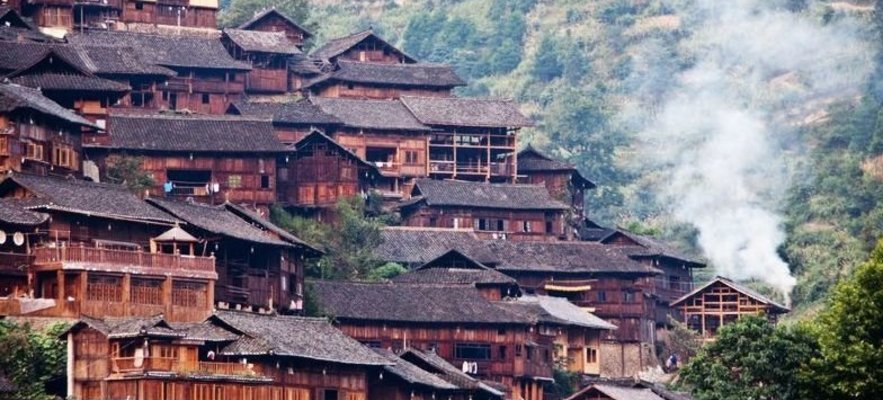“Village Sweeping” is a folk custom to protect a village against fire hazard from the Hmong people of Leishan county. It’s the way Hmong people maintain peace in their village, but it’s not only a “way” it’s also a “culture”, especially in the Langde village (national cultural relic protection unit) which has very special ancient architecture, the “Village Sweeping” tradition should be protected and developed. The Hmong “Village Sweeping” has gained the status of “Second level representative intangible cultural heritage of Guizhou province”.
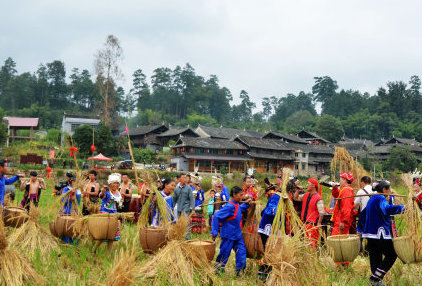
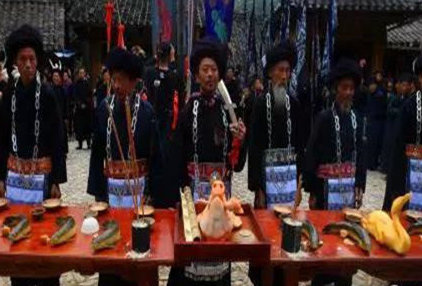
“Village Sweeping” is also called “Sweep the fire star” in Chinese, or “Queyang” in Hmong language and it means protecting the village against fire. It’s a ceremony led by a kind of priest and the village elders were all the villagers gather to drive the fire star from their houses.
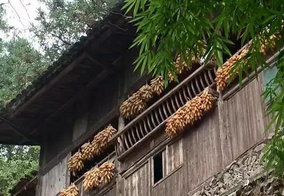
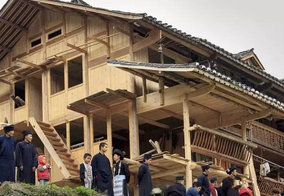
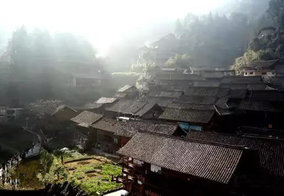
Hmong people believe fire hazard comes because the “Fire Spirit” is causing trouble. From a scientific point of view, the Hmong people from the southeast parts of Guizhou live in mountainous regions, all the houses are made of wood, built on wooden stilts so if you use fire lightly, there will be fire hazard. So in order to ensure the safety of the villages, “Village Sweeping” activities are held in the winter months just after the autumn harvest to remind villagers to take preventive measures and to use fire safely. The “Village Sweeping “ ceremony is held not far from the village. The villagers usually first offer a cow or a pig, then the priest leads the crowd to the ceremonial grounds, puts clay bowls in a row on the ground and holding a bundle of silvergrass, recites prayers. After the prayers, he pours liquor into the bowls and invites everyone to drink up. Later, the priest and villagers go to every household to sweep the fire star and drive away the fire spirits. During the sweeping, outsiders are not allowed to enter the village. After the ceremony is finished, all the villagers gather once again outside the village to cook and eat the offered meat. Only then can everyone go home.
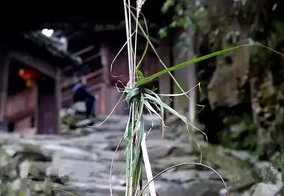
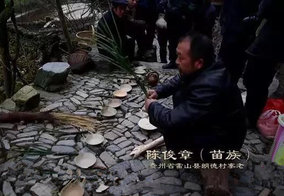
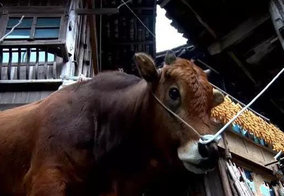
In Langde village the wooden houses are built very close together, so apart from the war, the only reason why the village remains in good condition is because of the “Village Sweeping” day. Therefore it can be said that the “Village Sweeping” is also a Hmong fire prevention festival. During the festival people also gather money and rice to buy new livestock for the offerings, so that everyone who eats the offered meat will have to assume the responsibility and obligation to protect the village against fire, which enhances people’s awareness of fire prevention. It is not only a customary law of the Hmong people, it also reflects their wisdom of fire prevention.

Due to the seriousness and mystique of this activity, outsiders are not allowed to enter during the ceremony, shooting pictures is even worse. The photography crew was very fortunate to be allowed to capture the whole “Village Sweeping” ceremony, which is very precious.
During the ceremony, mostly oxen are sacrificed. The village’s 142 families are not allowed to violate the god of fire and water. After the elder of the village Chen Junzhang read the sacrificial prayers, representatives of the surrounding sixteen villages drink the liquor from the clay bowls together, afterwards they extinguish fires from every house. They use holy water ( Water Dragon) taken from eight earthen jugs buried around the Langde village to extinguish the fires.
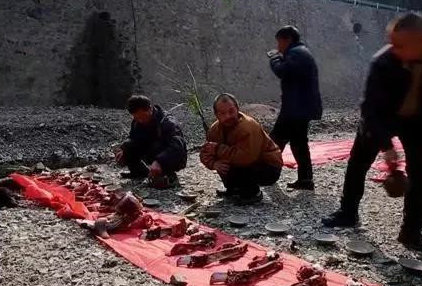
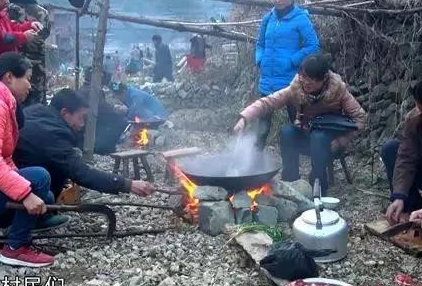
For the last part of the ceremony, they buy a new fire source from another village and lit it by the riverside, then all villagers can come and take a piece of that fire back to their own homes. They use that new fire source to lit up their kitchen fires or pit fires, only then is the fire igniting ceremony really over.
If you are interested in visiting this village, you are in luck, we can arrange it for you, just fill in the tailor made tour form and pack your baggage!!! Or follow us on Facebook, Twitter and Instagram for more interesting news about China.
- 728 reads
- Like this






